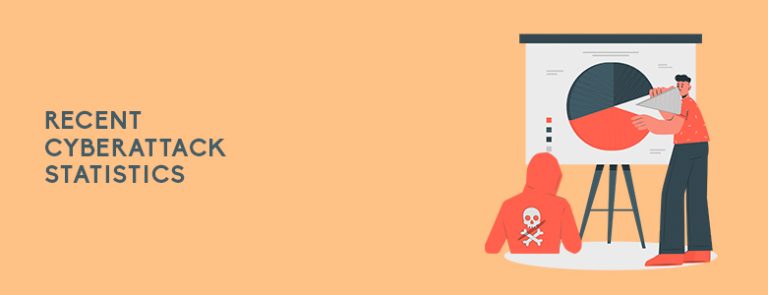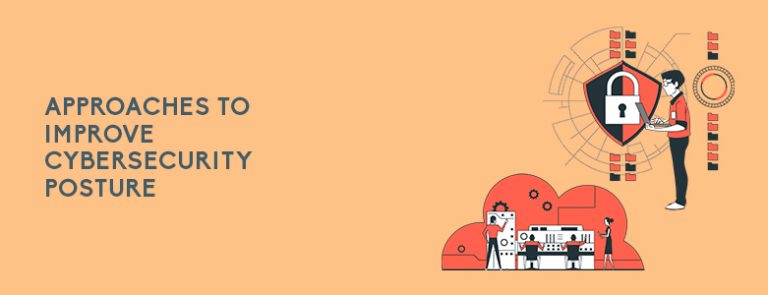What do you need to know about cybersecurity awareness in the Philippines?
- Recent cyber attack statistics
- Biggest threats to cybersecurity
- Campaigns for cybersecurity awareness
- Approaches to improve cybersecurity posture
The information and communications technology in the country has changed over the years. With more and more people and businesses depending on these technologies, cyber security awareness in the Philippines has become more important than ever. Rising cybercrime—including threats like ransomware attacks, data breaches, and social engineering—can put corporate data, personal information, and personally identifiable information (PII) at risk, leading to downtime, loss of reputation, financial losses, and more. Understanding the importance of cyber security is critical for safeguarding data security and network security in today’s digital landscape.
Recent Cyber attack Statistics

In recent years, there was an increase in small and medium-sized businesses (SMBs) that went digital to continue operations during the pandemic. Technology has become vital for businesses to survive. Because more organizations are becoming digital, criminals are also on the hunt for victims.
In a study entitled “Cybersecurity for SMBs: Asia-Pacific (APAC) Businesses Prepare for Digital Defense” by Cisco Systems, Inc., 3,700 businesses from the Asia-Pacific region joined as participants—with over 100 organizations from the Philippines. The study observed that more than half of Philippine SMBs fell victim to a cyberattack in the past year, suffering financial losses exceeding ₱25 million.
Proactive measures can help curb this problem. In the same study, over 75% of Philippine SMBs underwent cybersecurity scenario planning and simulations, identifying gaps in their security systems and data protection strategies.
Biggest Threats To Cybersecurity

According to the same study by Cisco, the top two cybersecurity incidents that affected small to medium-sized businesses in the Philippines during the past year are malware attacks and phishing.
Cyberattacks have led to the loss of customer data, employee data, business and financial information, emails, intellectual property, and reputation. Downtime is also another effect of cyberattacks. These incidents often involve data breaches, social engineering, and exposure of personally identifiable information (PII), putting personal information and mobile devices at risk.
Another 2021 report from Trend Micro revealed that among Southeast Asian countries, the Philippines ranked fourth when it comes to the Business Email Compromise (BEC) threats encountered, with Singapore topping the list. Ransomware attacks are still one of the leading threats to look out for, especially in healthcare, food and beverage, and banking industries — which are most affected.
According to the Philippines National Computer Emergency Response Team (National CERT PH), which is a division under the Department of Information and Communications Technology’s (DICT) Cybersecurity Bureau, they have handled 755 incidents from the start of the year to the end of September 2021. The leading problem was malware and malicious files, followed by unauthorized scanning and brute-force attacks, highlighting vulnerabilities in outdated security systems.
Campaigns For Cybersecurity Awareness

With many cybersecurity threats ever-present in the country, various organizations are having their own campaigns to boost cybersecurity awareness. One of these is Cybersecurity Awareness Month, which is observed every October. In 2021, the US Embassy in the Philippines held webinars about information security and business continuity.
In November 2021, National CERT PH also conducted the two-day National Cyber Drill 2021, which had the goal of involving the public, especially the banking, BPO, financial, and telecommunications sectors, when it comes to cybersecurity awareness. These initiatives emphasize the importance of cybersecurity for protecting cloud services and preventing security breaches.
Approaches To Improve Cybersecurity Posture

On the 8th of December 2021, Cisco released their study entitled Security Outcomes Study Volume 2, which is based on a worldwide survey with more than 5,000 security and privacy professionals as participants. The respondents included professionals from different companies in the Philippines.
In the study, it was observed that more than 30 percent of cybersecurity solutions used by Philippine organizations are considered outdated by the cybersecurity professionals that work for them.
On the other hand, the good news is that more and more companies in the country are deciding to invest in modern cybersecurity technologies. Nine out of 10 respondents in the Philippines shared that their organization is investing in Zero Trust strategy. More than 80 percent said that they’re investing in Secure Access Service Edge (SASE) architecture.
Zero Trust is a concept that involves verifying the identity of all users and mobile devices before granting access to the network. Meanwhile, SASE architecture combines security and network functions in a cloud services platform to provide secure access to business applications. Together, these two solutions are helpful when it comes to building a strong security posture in today’s cloud-first landscape and keeping data protected.
Key Takeaway
Cybersecurity awareness in the Philippines is essential because of the threats that are ever-present due to the increasing digitalization of organizations. Without any idea about the weaknesses of your online defenses, you’re at risk of being targeted by cybercriminals — no matter how small or big your company is. Attacks could lead to more problems such as loss of important data, financial losses, and reputation.
If you need help in improving your cybersecurity defenses, send us a message here at CT Link! We can help you implement the Zero Trust strategy and the SASE architecture, so you can protect your business from ransomware attacks, data breaches, and social engineering.

